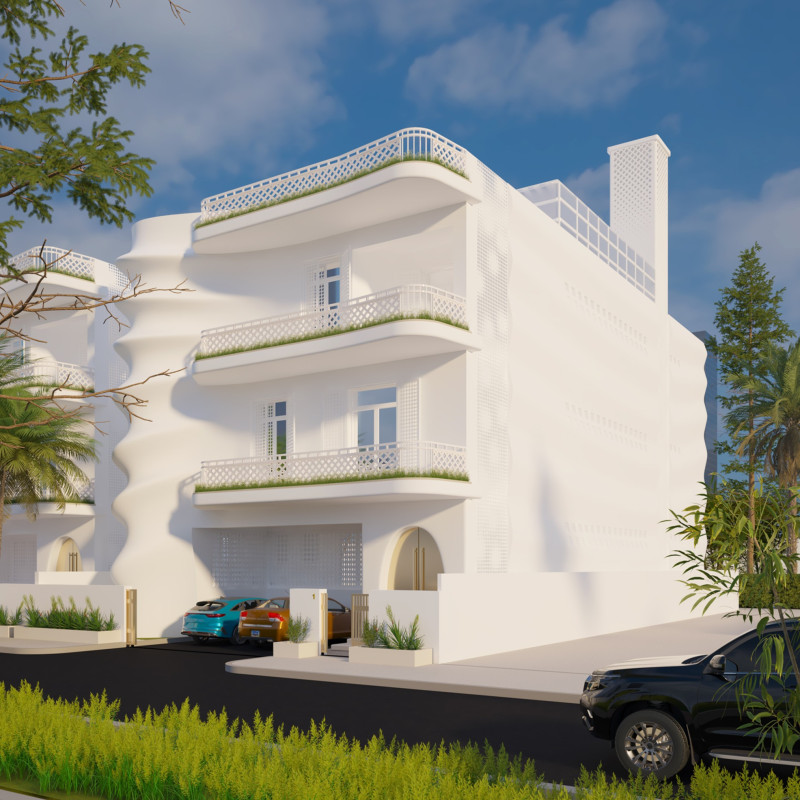5 key facts about this project
The overall design is characterized by a thoughtful organization of spaces that cater to both communal and individual activities. The layout promotes an efficient flow between different areas, ensuring accessibility and ease of movement. Key functional zones might include open-plan areas that facilitate collaboration, private rooms for focused work, and communal spaces that encourage social engagement. This thoughtful arrangement not only underscores the project’s practical aspects but also embeds a sense of community and belonging within its walls.
In terms of materiality, the project employs a sophisticated palette that aligns with both durability and aesthetic qualities. The primary materials may include locally sourced brick, steel, and timber. The use of brick lends a sense of solidity and permanence to the structure, while the incorporation of steel provides strength and structural integrity. Timber is strategically utilized to soften the overall appearance and contribute warmth to the interior spaces. This material selection not only reflects a strong commitment to sustainability but also resonates with the regional architecture, emphasizing contextual integrity.
The exterior design features a balance of transparency and solidity, with large windows that invite natural light into the interior while also connecting the occupants with the outside landscape. This element is particularly important as it not only enhances the well-being of the users but also blurs the lines between indoor and outdoor spaces, creating a more expansive feel. The design may also incorporate shading devices or overhangs that serve a dual purpose—protecting the building from harsh sunlight while adding an additional layer of visual interest to the façade.
Unique design approaches include the strategic use of biophilic elements. Incorporating greenery into the design not only enhances the aesthetic quality but also promotes environmental consciousness and health benefits. Features such as vertical gardens or rooftop greenery can be observed, providing not just a breath of fresh air but also creating microclimates that contribute positively to the surrounding ecosystem. This integration of nature aligns with modern architectural trends that prioritize sustainable practices and the well-being of inhabitants.
Lighting plays a critical role in the architectural design, highlighting specific features and creating moods within various spaces. Natural light is maximized through thoughtful window placement, while artificial lighting is designed to be both functional and atmospheric, ensuring that different areas can transition from day to night seamlessly. The careful orchestration of light contributes to the overall experience of the space, making it adaptable to multiple functions and activities.
The project encapsulates a balance between innovation and tradition, embodying a design philosophy that values context and user engagement. By prioritizing flexibility, the spaces can accommodate various activities and gatherings, fostering an environment conducive to both collaboration and reflection. The architecture not only serves a functional purpose but also aims to resonate emotionally with its users, creating spaces that feel welcoming and inspiring.
For those interested in delving deeper into the architectural intricacies of this project, exploring the architectural plans, sections, and design presentations could provide valuable insights. These elements will illustrate how various ideas were brought to fruition in the overall design, enhancing one’s understanding of the project’s significance and thoughtful execution.


























